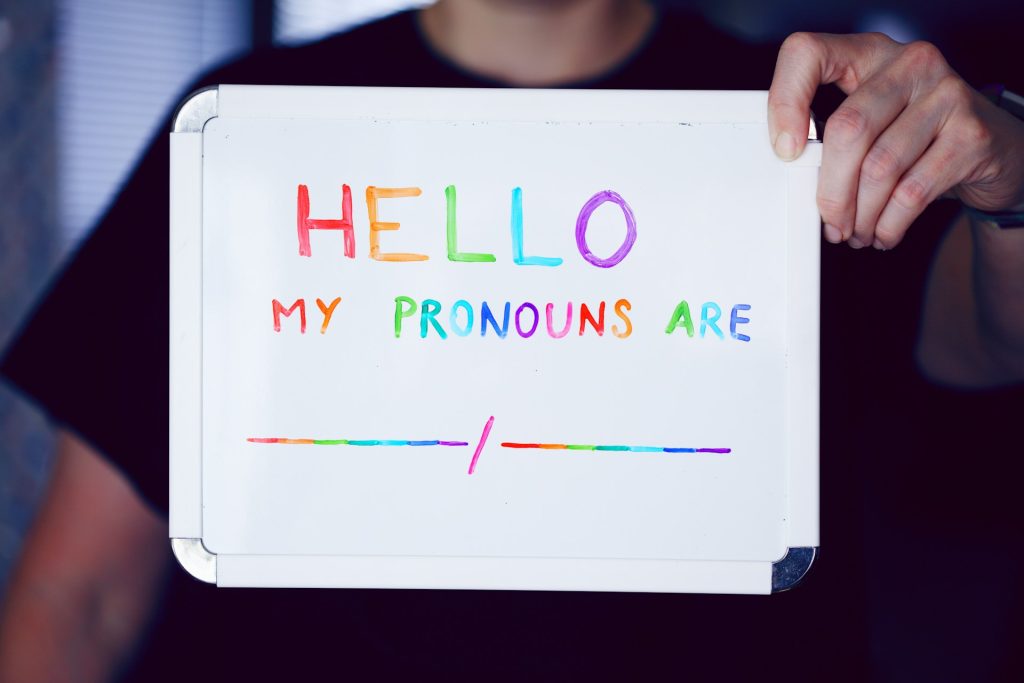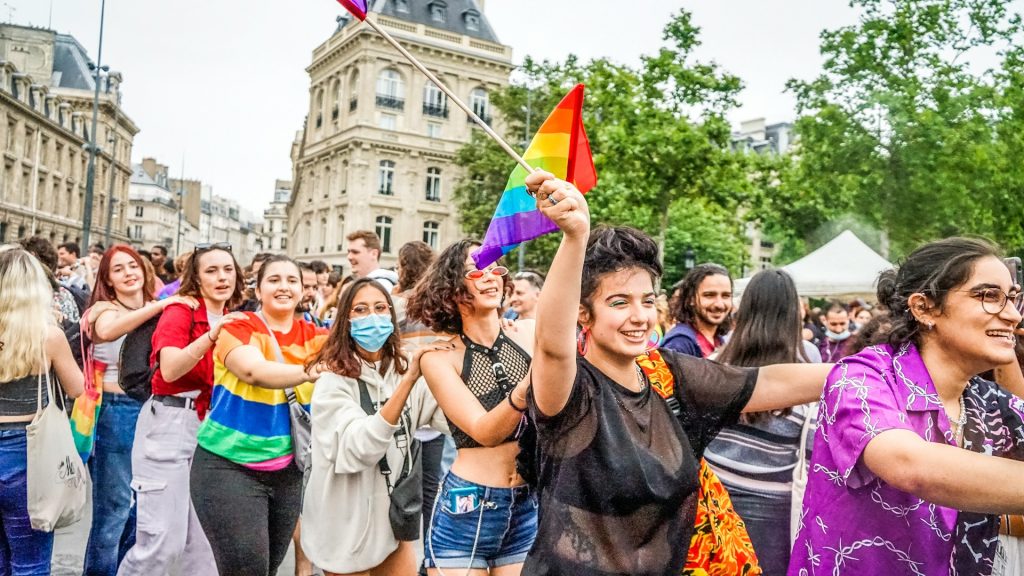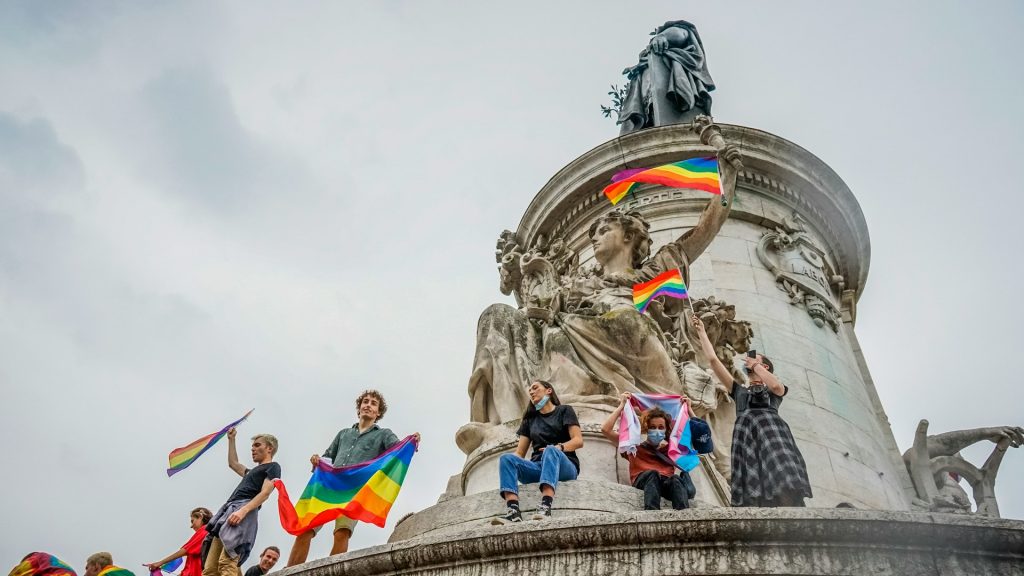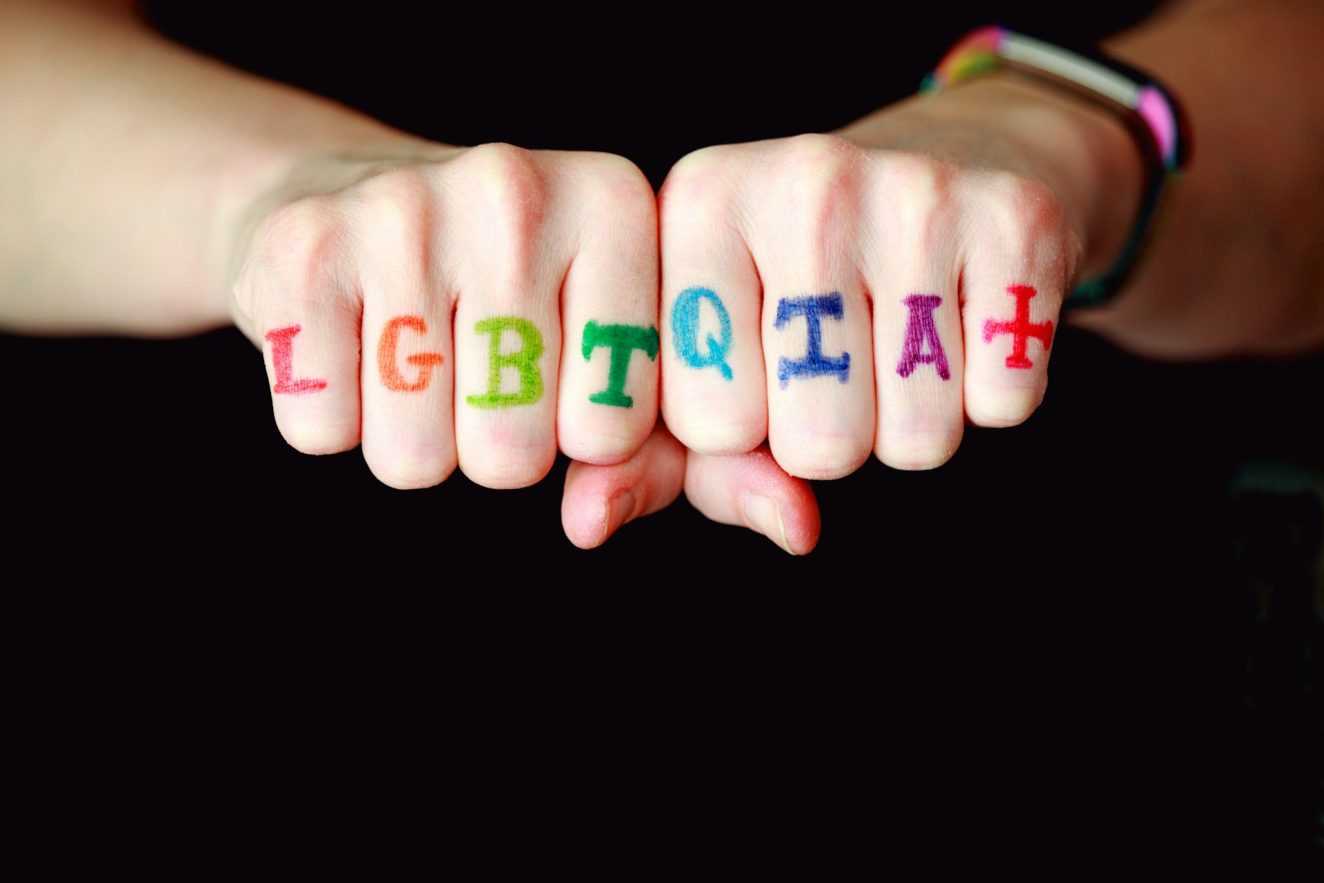Have you ever wondered what sexual orientation really means? How does it differ from gender identity? Let’s dive into this fascinating topic and uncover the nuances of human attraction.

What is Sexual Orientation?
Sexual orientation is all about who you’re attracted to and want to form relationships with. It encompasses a wide range of identities, including gay, lesbian, straight, bisexual, and asexual. Understanding these terms can help us better appreciate the diversity of human experiences.
The Difference Between Sexual Orientation and Gender Identity
It’s crucial to distinguish sexual orientation from gender identity. Sexual orientation is about who you are attracted to romantically, emotionally, and sexually. Gender identity, on the other hand, is about who you are—male, female, genderqueer, etc. For instance, being transgender (feeling that your assigned sex is different from your gender identity) isn’t the same as being gay, lesbian, or bisexual.
Exploring the Spectrum of Sexual Orientation
Straight or Heterosexual
People attracted to a different gender—such as women attracted to men or men attracted to women—often identify as straight or heterosexual.
Gay or Homosexual
People attracted to the same gender typically identify as gay or homosexual. Gay women may prefer the term lesbian.
Bisexual
Those attracted to both men and women usually call themselves bisexual.
Pansexual and Queer
Some individuals are attracted to people across various gender identities (male, female, transgender, genderqueer, intersex) and might identify as pansexual or queer. The term “queer” can encompass a variety of sexual and gender identities beyond straight and cisgender.
Questioning or Curious
People who are uncertain about their sexual orientation may identify as questioning or curious.
Asexual
Asexual individuals don’t experience sexual attraction. They might find people physically attractive or seek romantic relationships but aren’t interested in sexual activity.

Understanding Queer Identity
The term queer has evolved. Once used as an insult, it’s now embraced by many as a proud identifier. However, it’s essential to use the term respectfully and to ask individuals what labels they prefer when discussing their sexual orientation.
What is Asexuality?
Asexual people, often called “aces,” don’t feel sexual attraction to others. They might still have romantic relationships and find others physically attractive but aren’t interested in sexual activities. Asexuality is distinct from celibacy, which is a chosen abstention from sex. Asexuality is a natural orientation, and it’s more common than you might think, with some studies suggesting that 1 in 100 adults is asexual.
The Fluid Nature of Sexual Orientation
Sexual orientation isn’t always fixed and can change over time, a concept known as fluidity. This means your attractions might shift throughout your life. It’s perfectly normal for your sexual orientation to evolve as you grow and experience new things.
The Causes of Sexual Orientation
The exact causes of sexual orientation are not entirely understood, but research suggests it’s influenced by biological factors that begin before birth. It’s not a choice, and no amount of therapy or persuasion can change someone’s sexual orientation. People typically become aware of their attractions at a young age, and this awareness often precedes puberty.
The Complexity of LGBTQ+ Identities
LGBTQ+ stands for Lesbian, Gay, Bisexual, Transgender, Queer/Questioning, and the “+” includes other identities. Understanding the complexities of these identities involves breaking down several components:
- Gender Identity: Who you feel you are inside and how you express those feelings.
- Sexual Attraction: The romantic or sexual feelings you have toward others.
- Sexual Identity: How you label yourself (e.g., queer, gay, lesbian, straight, bisexual).
- Sexual Behavior: Who you have sex with and what kinds of sex you like.
These aspects don’t always align perfectly for everyone. For example, someone might engage in same-gender sexual behavior but not identify as gay or bisexual.
How Many People Are LGBTQ+?
Estimating the number of LGBTQ+ individuals is challenging due to the complexities of gender and sexual identities. Recent studies suggest that while 11% of American adults acknowledge some same-sex attraction, only 3.5% identify as lesbian, gay, or bisexual. This discrepancy highlights that feelings and behaviors don’t always match personal identities.

Embracing Diversity and Respecting Identities
Everyone’s experience with their sexual orientation is unique. Some people prefer not to use labels, and that’s okay. What’s important is to respect each person’s self-identified labels and understand that fluidity and change are natural parts of human sexuality. Embracing this diversity can lead to a more inclusive and understanding world for all.





